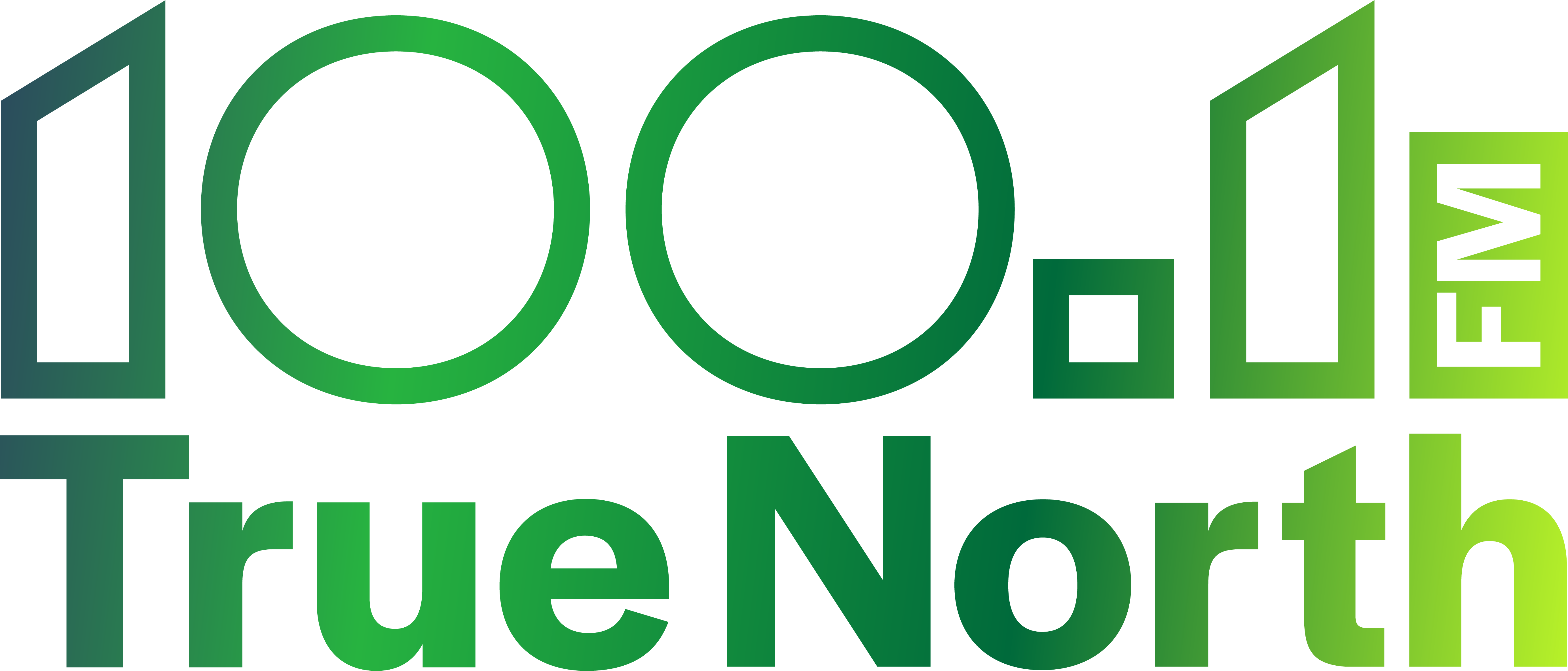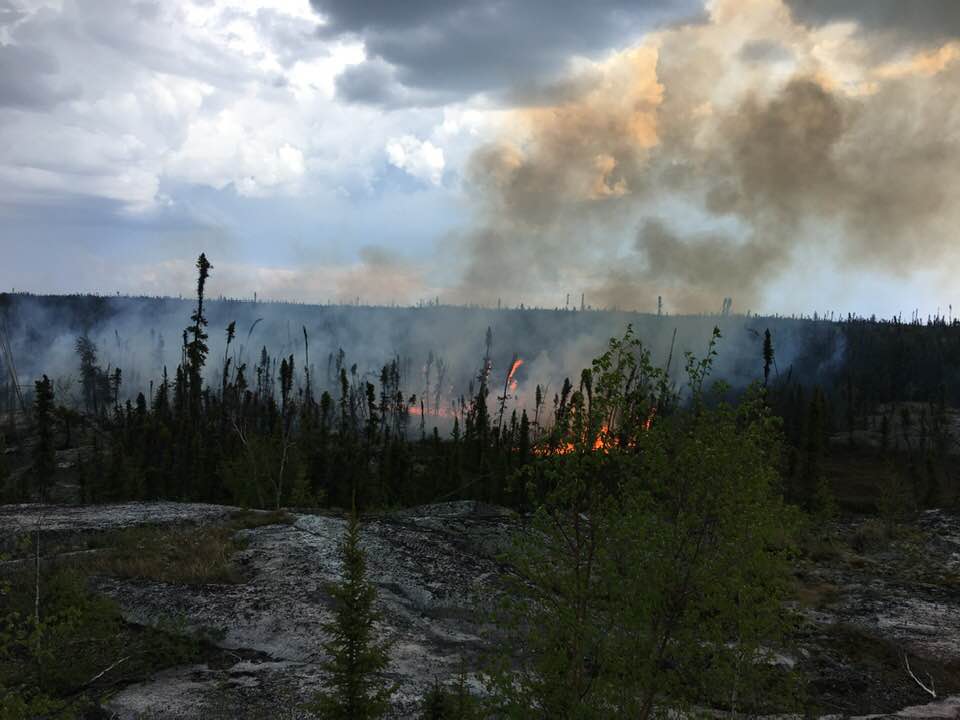“Most years our lightning regime gets highly active and what happens when lightning strikes without too much rain is wildfires,” Mike Westwick told True North FM.
Westwick is NWT’s manager of wildfire prevention and mitigation and a Wildfire Information Officer.
Lightning is the cause of about eight to nine out of ten of NWT’s wildfires each year.
“That was the case here and we saw a whole lot of it,” And with those came a whole lot of new starts,” explained Westwick.
Earlier this week, there was a string of over 40 new wildfire starts in a period of three days in the N.W.T.
“We get a few of those days every now and then,” explained Westwick. “And certainly we will likely see a few more of these days throughout the summer. We’re just reaching our peak fire season here.”
Westwick pointed out that last year, the territories experienced an atypically slow lightning season in comparison.
In 2024, numerous large fires that broke out on the lands were driven by drought, explained Westwick.
“But we didn’t see as much lightning. This time we’re seeing a more typical amount of lightning for this time of year.
It’s not unusual to see 30 to 40 starts during the course of a single day during peak fire season, said Westwick.
‘It’s always challenging when it comes up, but our goal is to keep those priority fires small, catch them small and take the right action to keep folks safe,” he emphasized.
Fire crews use a variety of different methods, which Westwick describes as a “sort of a marriage of high and low tech,” tools to detect fires and catch them early.
“So we have a network of detection cameras across the territory, they’re able to give us a bird’s eye view of things and allow us to detect fires early,” he said.
Crews also use something called “loaded controls” whenever lightning is seen passing through.
“When lightning passes through, we’ll send Fire crews up in a helicopter, they’ll be looking for new smokes and they’ll have their initial attack gear and ideally, you can set them down and they can get to work right away,” said Westwick.
Using a variety of strategies with the help of different technological tools is critical to fire response.
“We are able to, particularly in more remote areas, utilize satellite detection. That’s a really important tool for some of those areas that don’t get as much patrol way out in the bush so that we know where fires are occurring, explained Westwick.
Large scopes of areas often utilize aircraft and specialize air crews.
“Additionally, we use the fixed-wing aircraft to do sort of region-wide. patrols for new smoke, in the area. Again, we target those based on lightning activity,” said Westwick.
“We do complete ground patrols as well in areas where there might be more person-caused fire activity, like heavily used recreation areas like the Ingram Trail,” he added.
Public reports (via NWT’s Fire report line at 1 877 NWTFire) are another way that crews are able to spot and stop fires.
“We welcome reports from the public of any smoke or fire that they observe of in the landscape,” urged Westwick.





